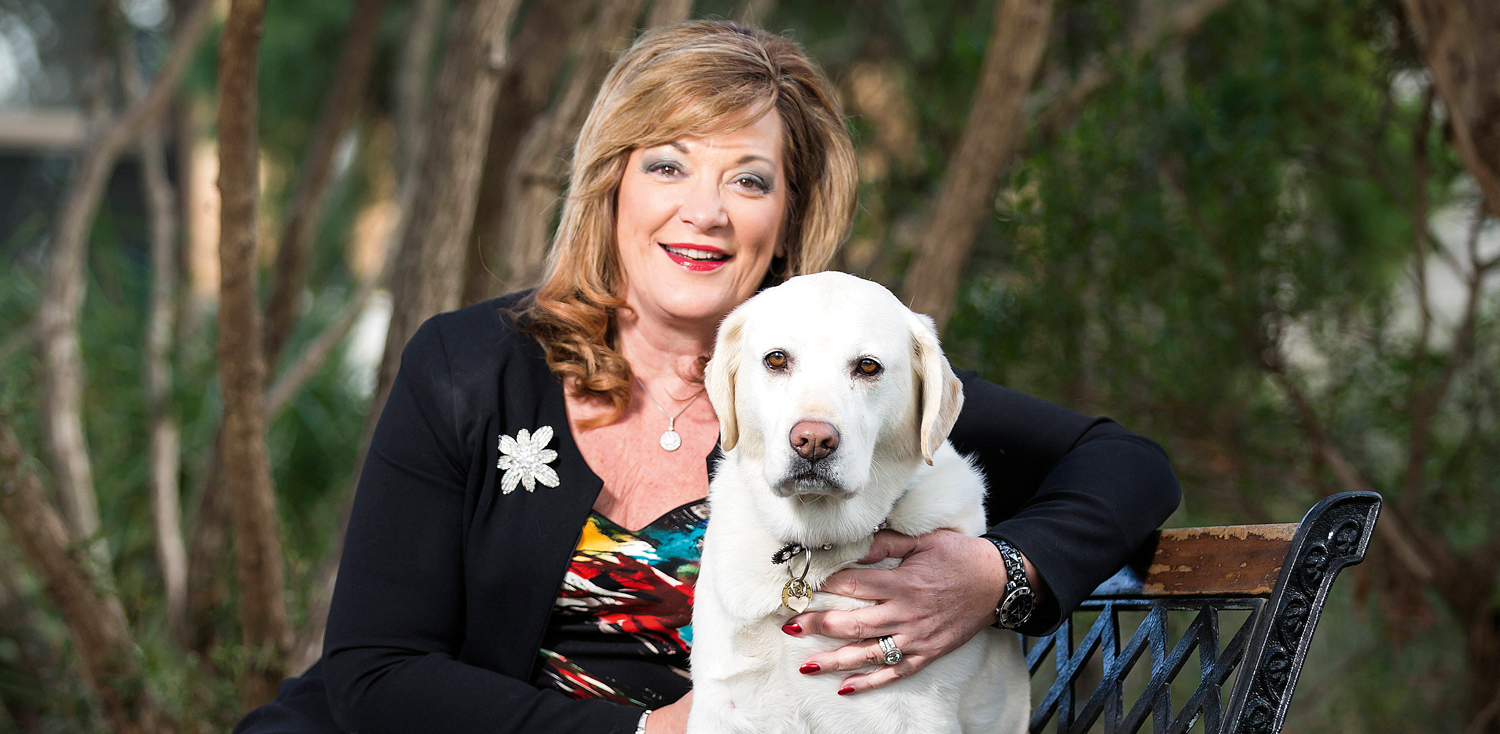As a manager for two decades in the book industry, John Purcell has led people through extraordinary change.
As an author, John Purcell is capable of amazing feats of imagination. But away from writing fiction, he’s been heading up Booktopia’s marketing and buying teams, and is now Director of Books, helping the online retailer become one of the fastest growing companies in Australia. In the past nine years, annual revenue has swelled from $4m to $114m (with a compound annual growth rate of 35% per annum). This year, Booktopia won the People’s Choice award at the national finals of the Telstra Business Awards, as well as the NSW Business of the Year award.
Starting small
“When I joined Booktopia, most of the staff were doing customer service and order fulfilment,” he recalls. At that time, Booktopia was a small operation. “A bell would ring every day and all of us – including the CEO – would go down to the garage and help load a single Australia Post van with books. They gave us three minutes in their schedule, so all of us would rush out there.”
Since those early days Booktopia’s personnel has multiplied from 25 to almost 200; and Purcell now runs a team of six people including a content team, merchandisers and buyers. But that culture of “rolling up your sleeves” has remained constant, he says.
Their culture has been guided by a very clear and simple business strategy, says Purcell. “Our CEO Tony Nash is single-minded about growth. He’s always been prepared to reinvest in the business so that when we needed a warehouse, or shelving, or automation, the resources were available.”
Beneath that overriding growth objective, managers are given the scope to develop their areas of the business. “There’s no micromanagement,” says Purcell. “We have a lot of ownership of our particular areas and that makes us feel that we are part of the business. I think that’s one reason our staff retention has been so high.”
Growing pains
Booktopia’s growth has been remarkable by any standards. It is the only company to be listed in the annual BRW Fast 100 eight of the last nine years. In September it was named in the Australian Financial Review Top 500 Private Companies. But growing at such a pace does present challenges for managers, Purcell admits:
“There’s never a stable environment when you’re growing so fast. We had a very fluid decision-making process and the danger was that teams could get overloaded and some projects perhaps wouldn’t achieve return on investment.”
To overcome this, Booktopia’s leadership team had to introduce more formal processes, explains Purcell. “For our growth to be sustainable, we had to develop our own corporate structure from within. What helped us was attracting people who had been in corporate environments. Every new person we hired brought knowledge and we would alter things accordingly.”
Alarm bells
Booktopia’s growth is all the more impressive when you consider the rollercoaster that Australia’s wider publishing industry has been riding. A decade ago mobile technology began seizing consumers’ attention and refused to let go. In 2011, high street bookstores Borders and Angus & Robertson closed their doors forever. All up, close to 200 bookshops closed around this time and the Australian book market fell by 20%.
Catherine Milne, Head of Fiction at publisher HarperCollins, recalls this time with a shudder: “They were dark days. Bookshops were closing, TV was suddenly accessible on mobile screens, social media was swallowing up people’s time and the Australian dollar was so high that – briefly – it became cheaper to buy books from overseas.”
Milne, who is publishing Purcell’s new novel, The Girl on the Page, says Booktopia helped the industry fight back. “It changed the retail landscape. After the closure of so many rural and regional bookstores, Booktopia was able to service all those Australians who can’t easily travel to a bookshop – not to mention many more who simply like the speed and convenience of online shopping.”
Question everything
As leader in an industry undergoing so much change, Purcell encourages his colleagues to stay up to date. “There are new products born every month from publishing presses. If you want to keep up, reading the right newsletters and social media is vital.
Reflecting on her own experience of leading through change, Milne recalls: “During rapid change you’ve really got to question everything; question your processes, question your methods. You have to ask yourself if what you did previously is still working today – and then be prepared to change when it’s not.”
“Our CEO James Kellow is incredibly good at setting very concrete goals for us that we can reach and then celebrating when we reach them. I think that’s the best way – to really focus on the things that you can influence, the things you can change, the things you can create.”
Kellow is one of the two leaders in publishing who Purcell admires most: “James and also Louise Sherwin-Stark [CEO at Hachette Australia] have made very strong and clever push to make sure they are publishing Australian stories,” he says. “In the past 10 years, it’s become clear that Australians are reading Australians, which is extraordinary because for most of our history we looked towards overseas literature.”
Separating fact from fiction
Purcell points out that neither of these leaders inspired ‘Julia’, one of the more memorable characters in his new novel, who is a terrible leader.
“Julia is the publishing director of my fictional publishing house and she’s a terrible leader because she’s all management and no product knowledge. She thinks only of the bottom line so her ability to inspire people in the business is nil, because she has absolutely no relationship with the books. All she sees is the numbers in the end.”
So how did Purcell’s real-life publisher feel when she read this? “There were times when I winced,” laughs Milne. “I thought ‘Is that the perception people have of publishing?’ Like any industry, there are certainly managers who prioritise profit above all else, but they are few and far between in publishing. In truth, you can only be a good publisher if you put the interests of the book and the reader first and if you invest the time that a book needs to get it right.
“I’m hoping that the mere fact I’m publishing The Girl on the Page is a counterpoint to the Julias of this world!”
By Andy McLean, Editorial Director of Leadership Matters.
*The full version of this article was published in the December 2018 edition of Leadership Matters.

















